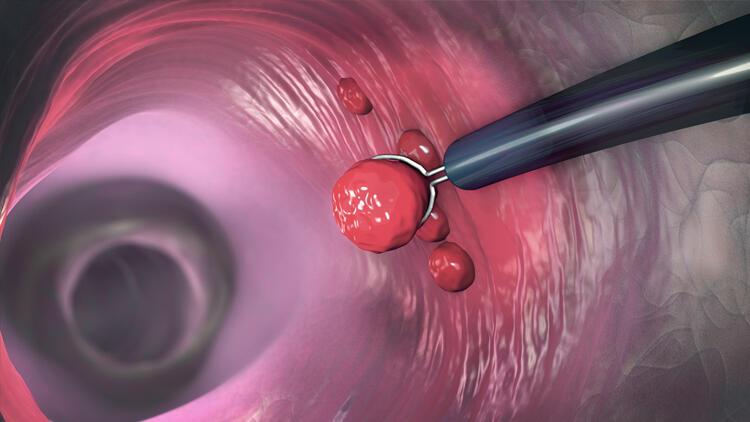What Is a Polyp?
Polyps are structures that are usually benign and small in size. Polyps can also be seen in areas such as the cervix, the inside of the uterus, the vocal cords and the intestine in the human body. The polyp that occurs in the uterus is; It originates from the endometrium, the inner layer of the uterus. In this tissue, it exhibits growth out of normal, and when it reaches the uterine cavity, a polyp occurs.
What are the symptoms of polyps?
Polyps usually do not give any symptoms. For this reason, it can be determined that there is a polyp after examinations or surgeries performed for different reasons. However, some polyps can cause some symptoms due to their size. These are:
- Bleeding disorders,
- Excessive menstrual bleeding,
- Spotting between two menstrual bleedings,
- Bleeding during menopause,
- It can be counted as having polyps hanging from the cervix.
Intrauterine polyps do not directly lead to infertility. However, at this stage, the location of the polyps and their size can be a cause that triggers infertility at this stage. If the embryo, that is, the child in the stage of formation in the ovary, is located on the polyp, it may have difficulty in completing its development. This lesion, which occupies space in the uterus when it is located in the normal uterus other than the polyp, may be an obstacle to the healthy continuation of the pregnancy. Therefore, there may be a danger of miscarriage.
What causes polyps?
The factors that lead to the development of polyps in the uterus are not fully known. However, endometrial hyperplasia is usually seen with the formation of polyps. For this reason, it is known that polyps occur due to the rapid estrogen hormone.
Smoking also leads to the formation of polyps!
Excessive smoking triggers the formation of polyps. Apart from this, it is known that the use of birth control pills and having given birth too much also lead to polyps. Polyps are present in 50% of women. It is usually seen between the ages of 40-50.
How is the treatment of polyps carried out?
For the treatment of intrauterine polyps, hysteroscopy should first be performed. The removed polyps are sent to the pathology, after which the necessary examinations are carried out. Apart from this, a sample is taken from the inner layer of the uterus for treatment. Polyp structures also have a risk of recurrence after surgery. For this reason, it is necessary to follow up regularly.
You can contact our clinic for detailed information.

